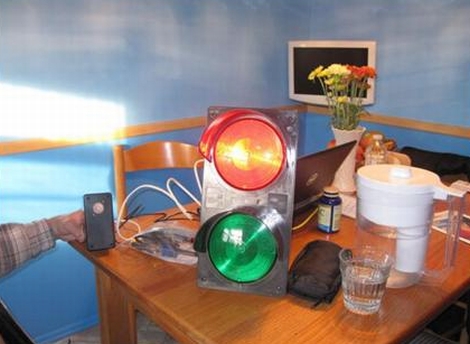
Members from the London Hackerspace recently got a little on-air time with a ping pong ball launcher. They were invited to build something for the Click show on BBC. The launcher that they built responds to hash tags on Twitter by barraging the audience with balls.
The hardware was built in two parts. The first is a dispenser that responds to incoming Tweets by releasing one ball onto a set of staging ramps. The other portion is the launcher itself. Building it like this makes it a rapid fire device, as the spinning wheels of the launcher make quick work of several dozen balls just waiting to be let loose. Check out some footage from the show after the jump.
We like this one just as much as that remote controlled launcher. We’re glad to have seen these both because we happen to have a surplus of the balls lying around since we built that clock and we’re not about to undertake some of the more dangerous ping pong based projects we’ve seen. Continue reading “Tweets Send Your Balls Flying (on TV)”
















